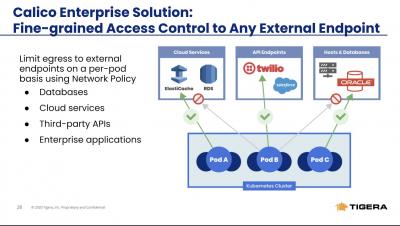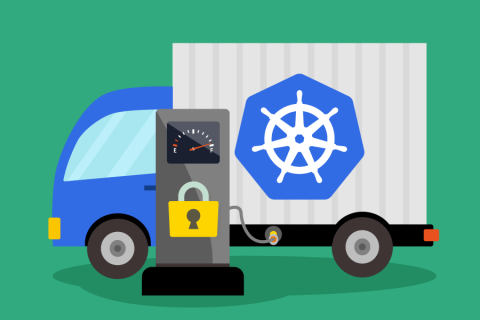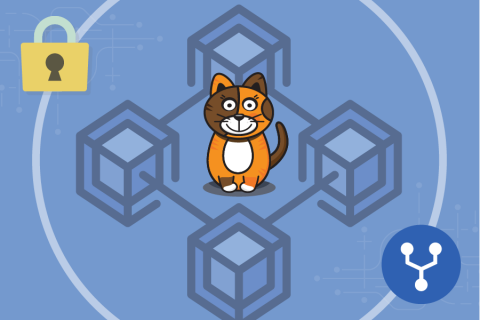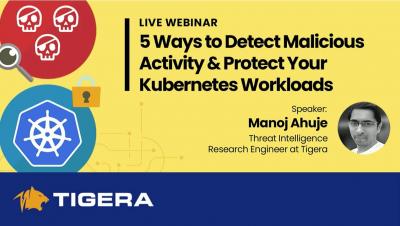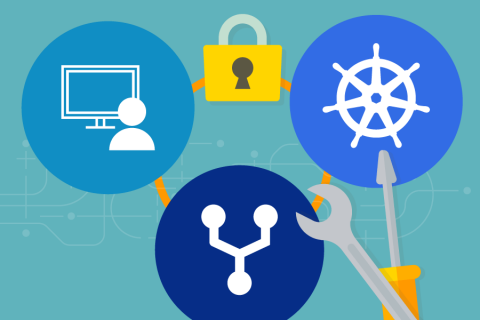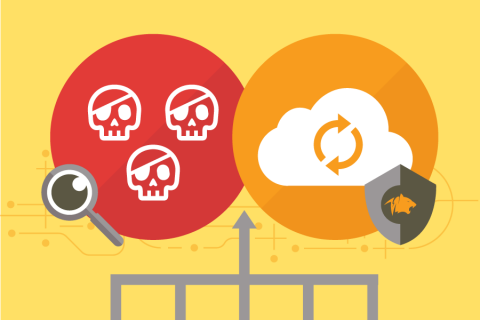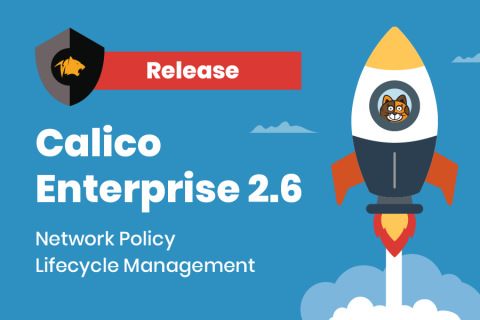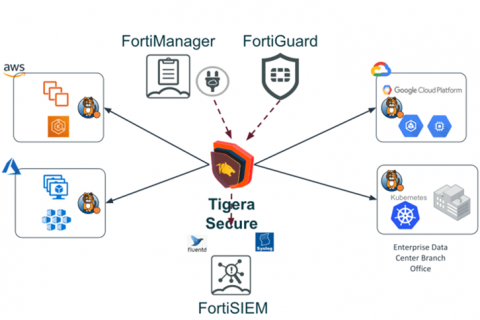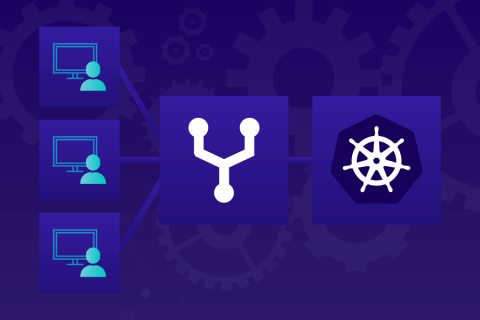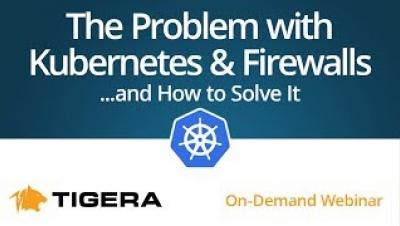Security | Threat Detection | Cyberattacks | DevSecOps | Compliance
Tigera
Supercharging Workload Security in Your K8s Cluster
2019 was a big year for Kubernetes adoption, and 2020 is sure to exceed that pace. Already, we have seen a large number of organizations migrating their workloads to Kubernetes (k8s) both in public and private clouds as they embrace a hybrid cloud strategy. With so much at stake, what are you currently using for network security inside your k8s cluster?
Decentralized Calico Network Security Policy Deployment for GitOps - Part 2
In part 1 of the GitOps blog series, we discussed the value of using GitOps for Calico policies, and how to roll out such a framework. In this second part of the series, we will expand the scope to include decentralized deployment and GitOps.
5 Ways to Detect Malicious Activity & Protect Your Kubernetes Workloads
Enforcing Network Security Policies with GitOps - Part 1
“How do I enable GitOps for my network security policies?” This is a common question we hear from security teams. Getting started with Kubernetes is relatively simple, but moving production workloads to Kubernetes requires alignment from all stakeholders – developers, platform engineering, network engineering, and security. Most security teams already have a high-level security blueprint for their data centers.
Five Ways to Quickly Uncover Malicious Activity and Protect Your Kubernetes Workloads
Organizations are rapidly moving more and more mission-critical applications to Kubernetes (K8s) and the cloud to reduce costs, achieve faster deployment times, and improve operational efficiencies, but are struggling to achieve a strong security posture because of their inability to apply conventional security practices in the cloud environment. Commitment to cloud security grows, but security safeguards are not keeping up with the increased use of the various cloud platforms.
Security Policy as Code Now Fully Automated with Calico Enterprise 2.6
We are excited to announce the general availability of Calico Enterprise 2.6 (formerly known as Tigera Secure). With this release, it is now possible to fully-automate Security-Policy-as-Code within a CI-CD pipeline, including the ability to implement security as a Canary rollout, which is the most critical requirement to automating network security.
Tigera Joins the Fortinet Fabric-Ready Program and Partners with Fortinet to Secure Kubernetes Environments
We are proud to partner with Fortinet and join their Fabric-Ready Technology Alliance Partner program. With this partnership, Fortinet customers will be able to extend their network security architecture to their Kubernetes environments. Our partnership was driven from interest from Fortinet’s customers to protect their Kubernetes based infrastructure. Kubernetes adoption is growing like wildfire and nearly every enterprise on the planet is at some stage of their Kubernetes journey.
Enable GitOps for Kubernetes Security - Part 1
“How do I enable GitOps for my network policies?” That is a common question we hear from security teams. Getting started with Kubernetes is relatively simple, but moving production workloads to Kubernetes requires alignment from all stakeholders – developers, platform engineering, network engineering, security. Most security teams already have a high-level security blueprint for their data centers.


